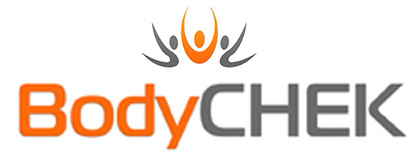In Part 1, I explained the different reasons for stretching and the different techniques for stretching.
I also stated that you need to know which muscles in your body are tight and therefore need stretching and which are long/weak and should not be stretched.
 For most pre-exercise stretching, so for a gym workout a contract relax style of stretching would be appropriate. This is so your tight muscles are lengthened before exercise to maintain an optimal axis of rotation around your joints. An optimal axis of rotation around your joints will reduce the likelihood of joint wear and tear and increase strength and power output.
For most pre-exercise stretching, so for a gym workout a contract relax style of stretching would be appropriate. This is so your tight muscles are lengthened before exercise to maintain an optimal axis of rotation around your joints. An optimal axis of rotation around your joints will reduce the likelihood of joint wear and tear and increase strength and power output.
Prior to any ballistic type exercises, like athletics, volleyball or even a medicine ball workout, dynamic stretch would be appropriate. This will increase body temperature and improve range of motion in the movements about to be performed.
If you want to stretch to improve long term range of motion and lengthen tightened muscles, then static stretches of a minimum of 30-60seconds is recommended. The best time to do this kind of stretching is directly prior to bedtime as the muscle will regenerate overnight in their lengthened position.
Stretching straight after a workout is often advocated by many to lengthen the muscles used in the workout. However, Paul Chek suggests that the muscles will continue to tighten for 4 hours post exercise. Therefore, save yourself some time and just remember to stretch before you go to bed.
Please feel free to email me if you would like any points explained further.
